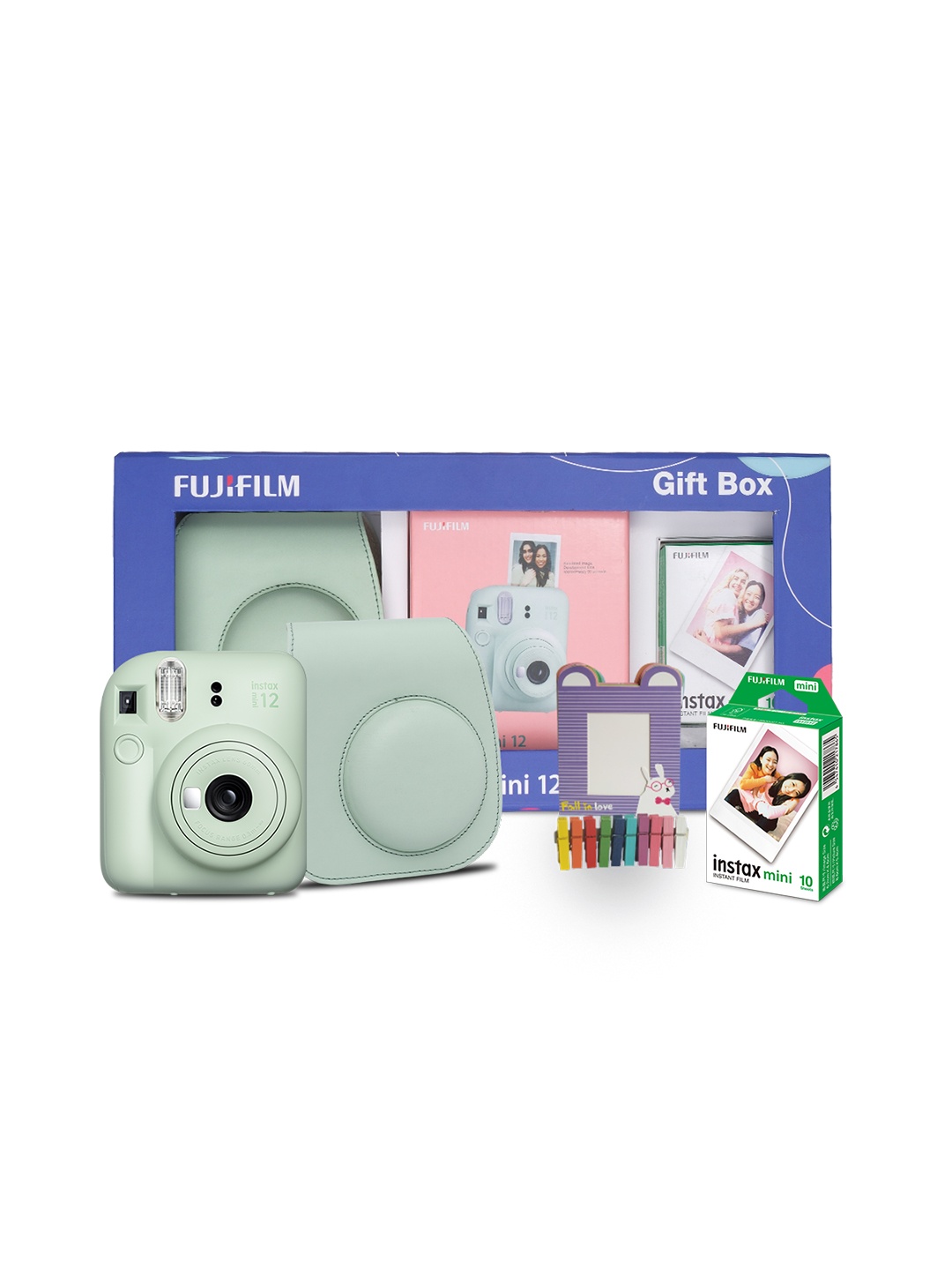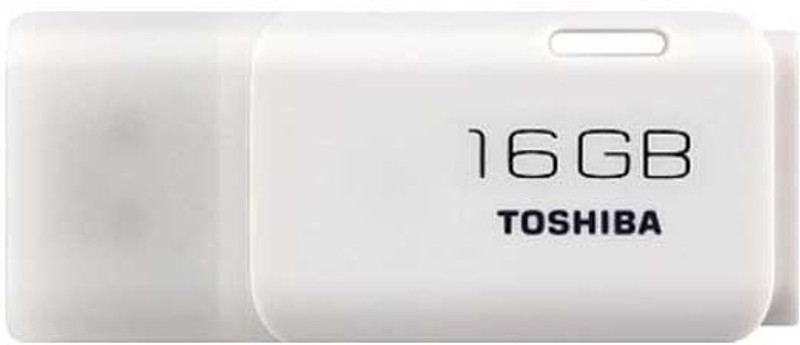The Crockery Effect: How The Colour Of Crockery Can Affect Taste And The Dining Experience

In practising the culinary arts, we tend to believe that to achieve the best taste, the focus should be on ingredients, cooking techniques, and presentation. However, an intriguing aspect we often overlook is the impact of the crockery—the plates, bowls, and mugs we use—on our dining experience. Specifically, the colour of these items can significantly influence how we perceive taste, aroma, and overall satisfaction. This phenomenon, known as the 'Crockery Effect', is garnering attention from both scientists and culinary experts, transforming the way we think about our dining environments.

How Colour Of Crockery Affects Your Taste; Photo Credit: Pexels
The Science Behind The Crockery Effect
The relationship between colour and taste perception is rooted in psychology and sensory science. Research has shown that our brains integrate sensory information from multiple sources, including sight, to construct our experience of flavour. Madison Annette and Lorenzo D. Stafford from the University of Portsmouth*, have studied the effects of colour on food perception in picky and non-picky eaters. Colour influenced the saltiness and desirability of food snacks in picky eaters only.
For example, a study published in Food Quality And Preference** found that participants preferentially chose a white glass to taste still water and blue or red glasses to taste slightly sparkling water. This suggests that the colour of the crockery can enhance or diminish certain taste attributes, potentially due to associations we have with specific colours.
Colour Associations And Flavour Perception

How Colour Of Crockery Affects Your Taste; Photo Credit: Pexels
Colours can evoke various psychological responses that influence our taste perceptions. Here's how different colours typically affect our dining experience:
- White: Often associated with purity and cleanliness, white crockery is a staple in many households and restaurants. It can make food appear more vibrant and fresh. However, white bowls and plates can sometimes make sweet foods taste less sweet, likely because the starkness of the colour enhances contrasts and diminishes subtler flavours. For example: You can buy Victor Celeste 20Pcs Melamine Printed Dinner Set from Lifestyle Stores. the white melamine plates with printed blue rims gives you calming effect while you enjoy your food.
- Red: This colour is linked with intensity and excitement. Studies have shown that red can increase appetite and enhance the perceived sweetness of foods and beverages. However, red crockery might also make food seem richer and more indulgent, which could be overwhelming for lighter dishes.
- Blue: Known for its calming effect, blue crockery can make food seem less appealing. This is possible because blue is rare in natural foods and can subconsciously signal spoilage. Nonetheless, blue is excellent for curbing appetite, making it a choice colour for those aiming to eat less.
- Green: Associated with freshness and health, green crockery can enhance the perception of foods being more natural and wholesome. This can be particularly beneficial for salads and vegetarian dishes, making them appear more appealing and nutritious.
- Black: Black crockery exudes elegance and sophistication. It can make dishes look more upscale and is particularly good for highlighting vibrant, colourful foods. However, it can also make portion sizes appear smaller and potentially influence how full one feels after a meal. If you are looking for black dinnerware, we suggest you explore Victor's 20Pcs Melamine Dinner Set from Lifestyle Stores. They are crafted with fine-quality material for extended durability and add a refined touch to your dining experience.
Practical Applications In Dining

How Colour Of Crockery Affects Your Taste
Photo Credit: Pexels
Understanding the effect of colour on crockery selection can be useful for both home cooks and professional chefs. Here are some practical tips on leveraging crockery colour to enhance the dining experience:
1. Match colours with food types: Use red or orange crockery for desserts and sweets to enhance their perceived sweetness. For savoury dishes, especially those that are visually rich, white or neutral-coloured plates can help highlight their colours without overpowering the taste.
2. Create atmosphere: Tailor your crockery choices to the dining occasion. Blue and green can be perfect for a calming, everyday meal, while red and black are great for festive or romantic dinners.
3. Portion control: For those conscious of portion sizes, using smaller plates or bowls in darker colours like black or navy blue can help manage perceptions of quantity and fullness.
4. Enhance Freshness: To make salads and fresh foods more appealing, serve them in green or white bowls to emphasise their healthiness and vibrancy.
The colour of our mugs, bowls, and plates plays a more crucial role in our dining experience than we might realise. By understanding and utilising the colour theory, we can subtly enhance the flavours and enjoyment of our meals. As culinary science continues to evolve, Lifestyle Stores bring the integration of sensory psychology into everyday dining promises to enrich our gastronomic adventures, making every meal not just a feast for the stomach, but for all the senses. So, what are you waiting for? Explore the Lifestyle dinnerware and crockery collection today. Shop now.
*Study: How colour influences taste perception in adult picky eaters [Read Here]
**Study: The association between the colour of a container and the liquid inside: An experimental study on consumers' perception, expectations and choices regarding mineral water [Read Here]
Disclaimer: The images used in this article are for illustration purposes only. They may not be an exact representation of the products, categories and brands listed in this article.


























